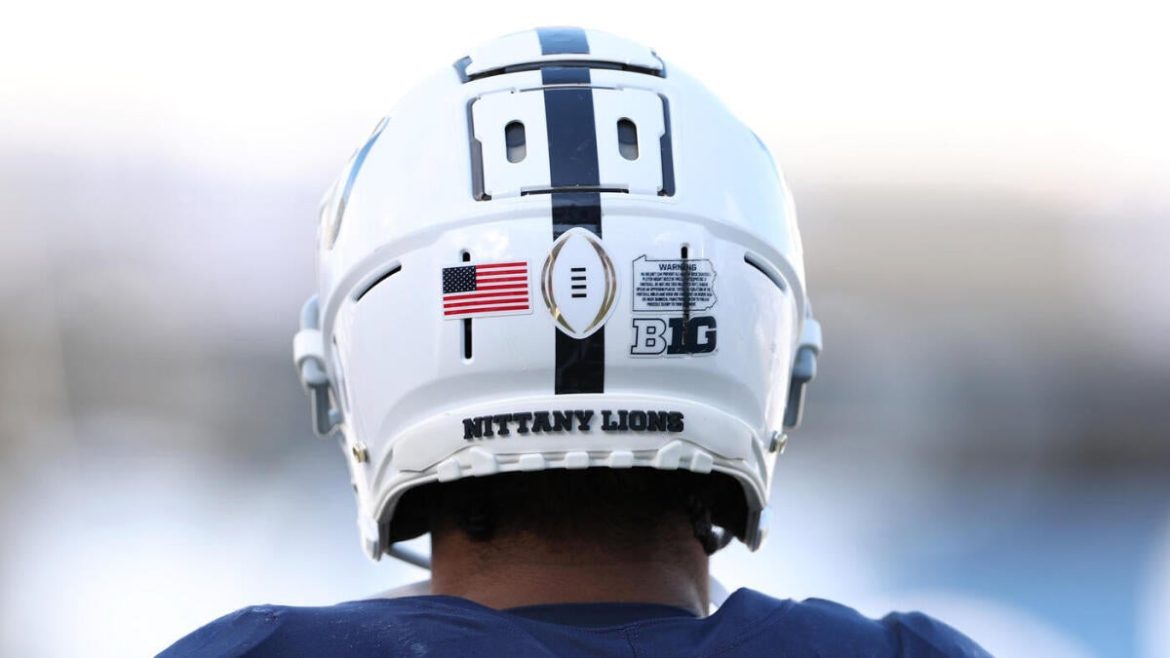The recent developments involving Penn State, UCLA, and private equity funding in college sports, alongside the landmark House v. NCAA settlement, represent a critical juncture in the evolution of college athletics in the United States. These shifts reflect a broader trend towards the commercialization and professionalization of college sports, reshaping the traditional amateur model that has defined the NCAA for decades.
The Emergence of Private Equity in College Athletics
In a historic move reported just hours ago, Penn State and UCLA have partnered with Elevate, a global sports marketing agency, to secure $500 million in private equity funding aimed at bolstering their athletic departments. This initiative, named the College Investment Initiative, marks the first of its kind, where private capital is being directly infused into NCAA athletic programs.
Elevate’s $500 million fund stands as a direct response to the financial pressures intensified by new athlete compensation regulations, primarily driven by the House v. NCAA settlement. The infusion of private equity capital represents a novel strategy for universities to cope with the increased costs associated with paying athletes and expanding athletic programs. It also opens a conversation about the influence of private investors in shaping the future of college sports, traditionally controlled by educational institutions and the NCAA.
The House v. NCAA Settlement: A Paradigm Shift
The House v. NCAA lawsuit, initiated by former Arizona State swimmer Grant House and several other athletes, challenged the NCAA’s longstanding amateurism rules on antitrust grounds. The culmination of these legal efforts is an unprecedented $2.8 billion settlement, which not only provides back pay for athletes’ name, image, and likeness (NIL) rights but also establishes a framework for ongoing revenue-sharing with student-athletes.
This settlement authorizes Division I schools to share revenue with athletes, with an estimated cap of about $20.5 million per athletic department annually, depending on program size and conference. The settlement’s approval paves the way for scheduled payments starting around 2025, fundamentally transforming the financial model of collegiate sports.
Financial Implications and Revenue Challenges
The settlement’s promise to allow direct payments to athletes brings about significant new financial obligations for universities. Alongside payouts, universities must now explore sustainable revenue streams to fund these changes.
The partnership between Penn State, UCLA, and Elevate is a pioneering solution to this challenge. By attracting private equity investment, universities are leveraging external capital to cover the financial gap created by athlete compensation. This approach, while innovative, raises complex questions about long-term control over athletic programs and the potential for profit motives to influence college sports’ traditionally non-commercial ethos.
The Broader Context: Eroding NCAA Amateurism
The transition toward athlete monetization aligns with ongoing legal and legislative pressures dismantling the NCAA’s amateurism model. Prior cases, such as O’Bannon v. NCAA, and broader movements like California’s Fair Pay to Play Act, have steadily chipped away at restrictions that prevented athletes from receiving compensation beyond scholarships.
The House settlement codifies these shifts into a nationwide policy change, effectively ending an era where college athletes were prohibited from earning money tied to their athletic skills outside of scholarships and stipends. The new model acknowledges athletes as contributors to significant revenue streams and begins to treat them with economic agency closer to professional athletes, though within a collegiate framework.
Potential Consequences and Future Outlook
While the financial benefits to athletes represent a victory for player rights, the injection of private equity funding into college athletics may alter the institutional landscape in unforeseen ways:
– Commercial Influence: Private investors may seek returns on their investments, potentially demanding more aggressive commercialization, sponsorship deals, or even influencing coaching and recruiting decisions.
– Competitive Balance: Wealthier schools with access to private capital might widen the gap between programs, intensifying the arms race in recruiting and facilities.
– Governance and Autonomy: The traditional governance role of the NCAA and educational institutions could be diluted as financial stakeholders gain a seat at the decision-making table.
– Legal and Regulatory Oversight: The new landscape may trigger further regulatory scrutiny concerning conflicts of interest, athlete protections, and financial disclosures.
Conclusion: A New Era for College Sports Funding and Athlete Compensation
The intersection of the House v. NCAA settlement and the unprecedented partnership between universities like Penn State and UCLA with private equity firm Elevate signals a watershed moment for college sports. This fusion of athlete empowerment through direct payments and the influx of private capital creates both opportunity and complexity. It reflects a fundamental redefinition of college athletics, moving it closer to a hybrid model blending amateur competition with professional-level financial stakes.
As these changes unfold, college sports stakeholders—including schools, athletes, fans, and regulators—must navigate this new terrain carefully to safeguard both the integrity of collegiate competition and the evolving rights and needs of student-athletes. The coming years will be critical in determining how these innovations impact the sports, educational missions, and economic realities of college athletics.





